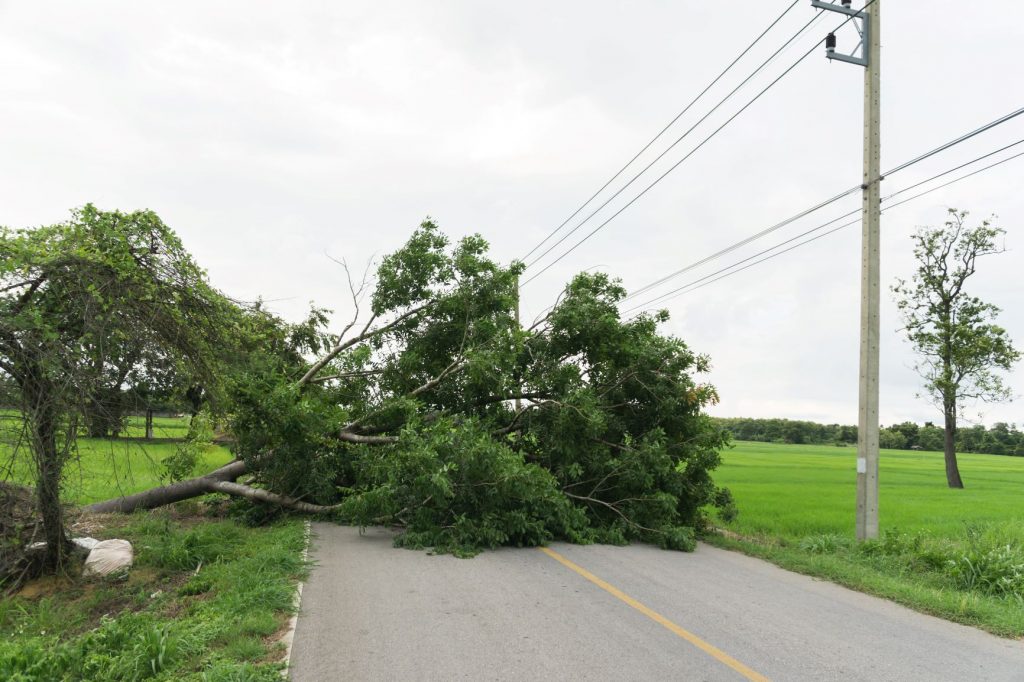The 5 funniest phrases and misconceptions about cables
igu-blog-adm | 13. January 2021
Do you think humour and technology have anything to do with each other? Convince yourself that the opposite is true in this blog post.
“I think you’ve got your wires crossed” or “You’re slow on the uptake”. Everyone is probably familiar with this or similar expressions. And, of course, everyone knows that no one has their wires crossed. In today’s blog post, find out what really lies behind these phrases and what the technical background is.
“I think you’ve got your wires crossed”
This expression actually comes from the fact that transmission by telephone was worse back then, the further away the caller and receiver were from each other. Therefore, when telephone calls were cut off or the person on the other end of the line was difficult to understand, people mistakenly imagined that the wires were crossed. As we know, this was not the case. This is because the electrical resistance of the cable, which caused the poor transmission, is influenced by the length of the cable and not by a weight force acting on the cable from outside. Today, our telephone connections are implemented with a fibre optic cable (link to Blog Fibre Optic Cable). Significantly longer transmission lengths are possible here.

Is there any juice left in the cable?
Children in particular have a hard time with figurative language because they don’t know metaphors. When we talk about juice in the cable, children don’t understand it.
But if we say “Watch out, there’s electricity in it”, it will get through. Juice in the cable means nothing other than that the cable is live and there is a potential flow of current. Working on live components can be life-threatening. Therefore, the 5 safety rules in accordance with DIN VDE 0105 must be strictly observed here. Every electrician learns these rules in the first hours of training. The rules are to be applied in the following order.
1-Disconnect the system from the power supply
2-Safeguard against restarting
3-Check that there is no voltage
4-Earth and short circuit
5-Cover or fence off adjacent live parts.

Is the cable shielded?
While experts know immediately what a shielded cable is, others already get the funniest images in their heads. Looks cool though, doesn’t it?

In fact, however, the whole thing is less spectacular and looks like this:

The shield of a cable (silver in the picture) is also part of our 7 basic rules for a good cable. It serves as electromagnetic compatibility protection and guards against interference.
Connecting a cable to the earth
How is that supposed to work? Not at all. At least not like the way it is in this picture.

Many people have probably heard of earthing or earth conductors. It is often used to refer to the green-yellow conductor in a cable at home. Technically speaking, however, this is a so-called PE, the protective earth conductor. It is used for personal protection and discharges residual currents. This protects humans and animals in the event of a fault. But what does that have to do with earth? All protective conductors are generally combined on one busbar. This busbar is connected to an earth spike or the foundation. In the event of a residual current, this current therefore flows off via the earth.
The line is dead
This expression is also familiar, although it is hardly ever used today. Cables are said to be dead when they are no longer functional. This can happen with a telephone connection due to a power cut, a cut cable on a construction site or, for example, an unpaid telephone bill.
With a dead telephone cable, you usually hear nothing or an incessant beep.

So technology and humour are not as far apart as first thought.
